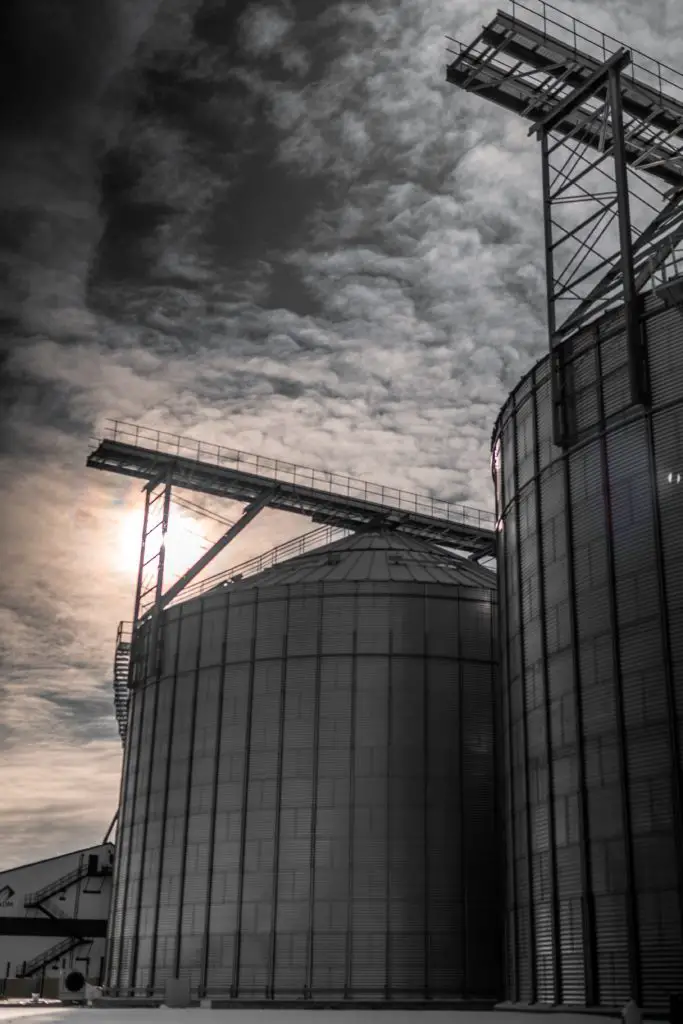Introduction:
When you’re planning a grain bin project, it’s important to consider all of the costs involved. For example, if you are looking at a small capacity and diameter grain bin, you may be able to build it yourself or have it built for less than $10 per bushel. However, if you are going for large capacities and diameters, expect your costs to be higher than that. In this article we’ll talk about the different factors that affect the cost of a grain bin project. In this article, we will see about ‘How Much Does A Grain Bin Cost?’.

How Much Does A Grain Bin Cost?
The cost of grain bins varies widely based on a number of factors including capacity, diameter, materials and region.
The cost of grain bins varies widely based on a number of factors including capacity, diameter, materials and region. While there are many different types of grain bins available, the most common type is the round or conical design. While these two designs are similar in appearance they feature some key differences:
- Conical bins have a domed roof while round bins do not
- Conical grain bins can be built with many different types of materials including steel, aluminum and PVC plastic
- Round grain bins are typically made from galvanized steel
The price also goes up as the diameter increases beyond 50 feet or so.
In addition to the size of the bin, there are a number of other factors that can affect its cost. As you increase the diameter of your grain bin (and thus its capacity), costs will go up as well. The price also goes up as materials get more elaborate and regions become less common for grain bins.
For example, if you want your grain bin made from steel but live in a southern state where steel is harder to come by, you may need to pay more for this material than someone living in an area where steel is readily available at low prices.
If you are thinking about buying a grain bin, it is important to understand all costs associated with the project.
The following list covers the main expenses:
- Materials (including wood, metal and plastic)
- Installation costs
- Construction costs (architectural design, electrical wiring and plumbing)
- Storage needs (for example containers for keeping your grain in)
Insurance premiums for your business property will also be higher if you have a grain bin on your property. You may need to pay extra tax on land value as well.
You need to know what to expect when budgeting for your grain bin investment.
If you are thinking about purchasing a grain bin for your farm, it is important to understand all costs associated with the project. The price of a grain bin will vary widely based on a number of factors including capacity, diameter and region. A typical large round metal bin in the Midwest that holds roughly 200 tons (roughly 480 metric tons) will cost around $5 per square foot. For example, if you have purchased a tractor and plan on buying several acres worth of land to run it on or enlarge your existing operation, then you may consider adding grain storage as part of your plan. A properly sized plastic storage unit can hold up to 1,000 tons while costing approximately $5 per square foot as well.
A larger plastic horizontal silo will cost somewhere between $12-$15 per square foot but this doesn’t include any extra equipment needed like augers or conveyors which could add another few thousand dollars depending on how elaborate they are
Factors that influence the prices.
The price of a grain bin is influenced by:
- Location. The cost of land, labor, and materials can vary widely depending on the location.
- Size. A larger grain bin will require more steel and concrete than a smaller one, but it will also give you more capacity for storing your crop. If you have a large harvest, consider building something that has more storage space than what your neighbors have.
- Type of grain bin. There are many different types of grain bins built from different materials and with varying features (elevators, doors). You may want to choose a type that’s easy for you to use or access when doing maintenance work on it after planting season ends in fall (or spring). This could affect costs if it means adding extra features such as elevators or doors not included with other designs which might otherwise be considered sufficient enough; however these additions can make all the difference between being able to store enough food before winter hits without having any problems whatsoever vs having issues due to poor planning ahead first time around.”
Conclusion
Grain bins are an important investment for farmers and ranchers. If you have any questions about grain bins or are looking for a quote, feel free to get in touch with us today!


